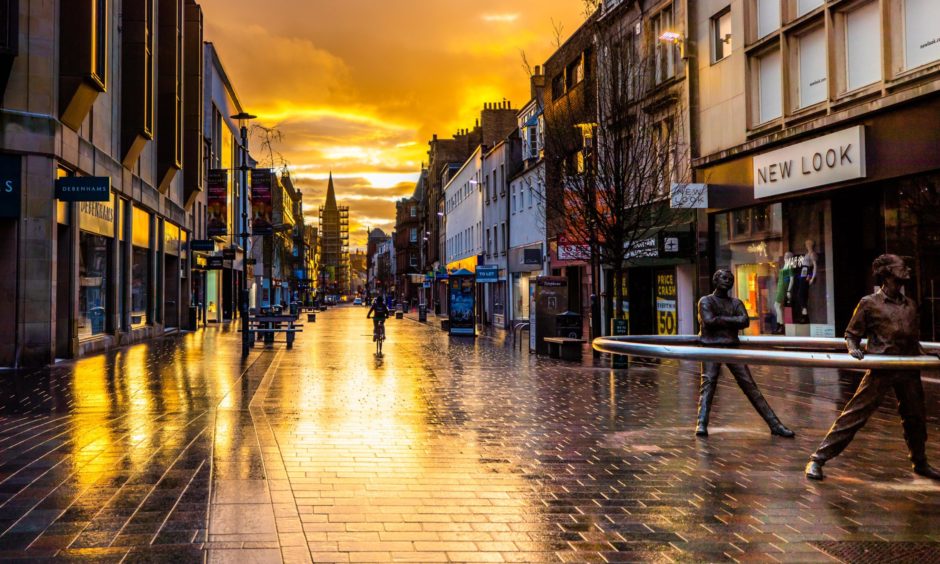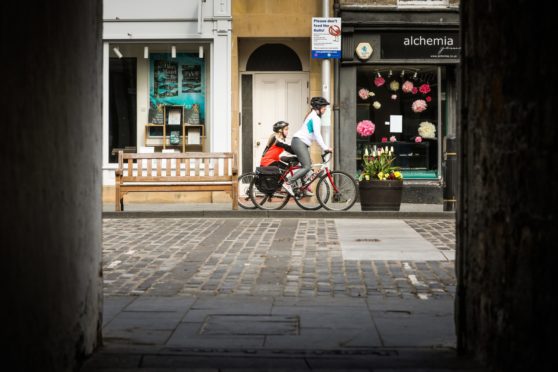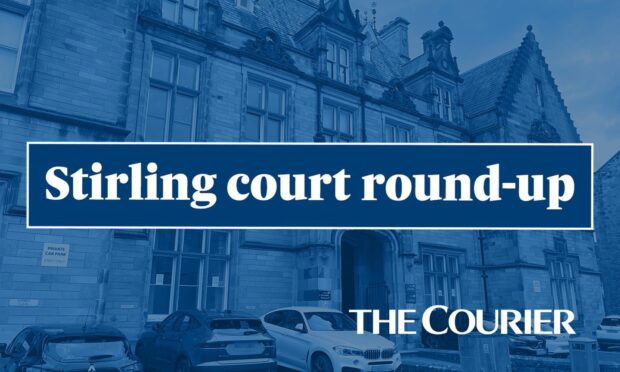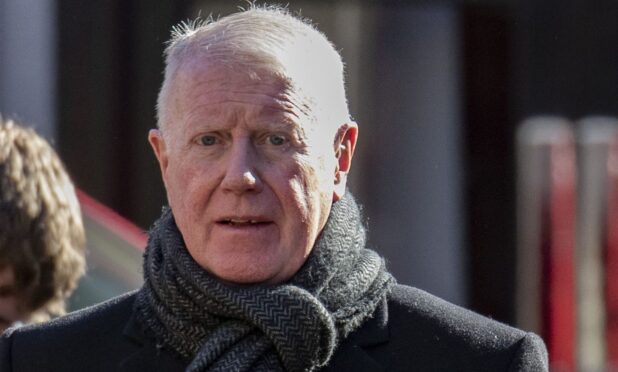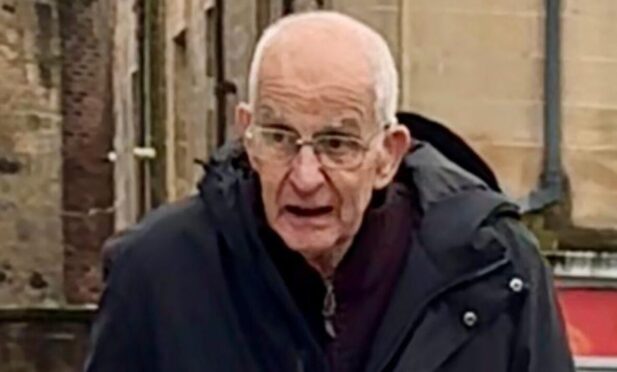Perth and Kinross is being monitored “particularly carefully” following a recent rise in coronavirus cases, says Nicola Sturgeon.
Speaking in the Scottish Parliament, the First Minister announced that Tayside and Fife will remain under level three restrictions, which limits travel into and out of the areas and imposes strict rules on hospitality.
However she hinted that tougher measures could be required in both Perth and Kinross and Clackmannanshire following a rise in Covid-19 infections in the regions.
The government made only one change to the current tiered system being used to combat the spread of Covid-19 across the country’s local authorities, with East Lothian moving from level three to two on Tuesday morning.
Aberdeen city and shire will stay under tier two. Moray, the Highlands, the Western Isles and the Northern Isles will remain at level one.
Ms Sturgeon said: “With the exception of East Lothian, which this morning moved form level three to level two, I can confirm that the Scottish Government is not proposing any changes today to the levels that currently apply to each local authority area.
“The latest data shows that across the whole country, and within most local authority areas, the restrictions in place are having an impact. The number of cases across the country has stabilised in recent weeks.
“But we now have grounds for cautious optimism that numbers may be declining.
“There is also evidence that admissions to hospital and ICU are declining now too; though it is important to note these figures tend to fluctuate on a day-to-day basis.”
She added that the Scottish R-number is now believed to be between 0.8 and one, which she said was “indicative of infections now declining”.
Giving more detail on the tiers, Ms Sturgeon said: “We are monitoring Clackmannanshire and Perth and Kinross particularly carefully given recent increases in cases in these areas.”
She added: “There have been recent rises in case numbers in both Aberdeenshire and Aberdeen city but we have been able to attribute these in large part to specific outbreaks which are being managed by local public health teams so our judgement at this point is that these do not require a change in levels, although we continue to monitor them carefully.”
She said that both Dumfries and Galloway and Argyll and Bute could move from level two to one in the coming weeks.
They are: Glasgow, Renfrewshire, East Renfrewshire, East Dunbartonshire, West Dunbartonshire, North Lanarkshire, South Lanarkshire, East Ayrshire, South Ayrshire, Stirling and West Lothian.
On Tuesday, Ms Sturgeon confirmed these areas will remain under level four restrictions.
What’s the difference between levels three and four?
Under level four, measures are closer to those experienced under the full lockdown earlier in the year.
Pubs, bars, restaurants, cafes, gyms, hairdressers, beauty salons, galleries, museums and libraries are among the places which will be forced to close.
Many shops will also have to shut with only “essential retail” remaining open.
Hotels, B&Bs and self-catering accommodation can only operate for “essential customers”.
Unnecessary travel into and out of level four areas is not advised except for certain exceptions.
Schools will remain open at all levels.
The tier three rules currently in place across Tayside and Fife mean non-essential travel is not be permitted, with alcohol unable to be served from licensed premises.
Up to six people from two different households can meet at pubs, bars, restaurants and cafes – which are able to sell food and non-alcoholic drinks inside or outside.
Leisure and entertainment businesses such as cinemas are closed; however shops, gyms, hotels and visitor attractions remain open.
Ms Sturgeon revealed Scotland’s new alert level system for tackling the pandemic on October 27.
